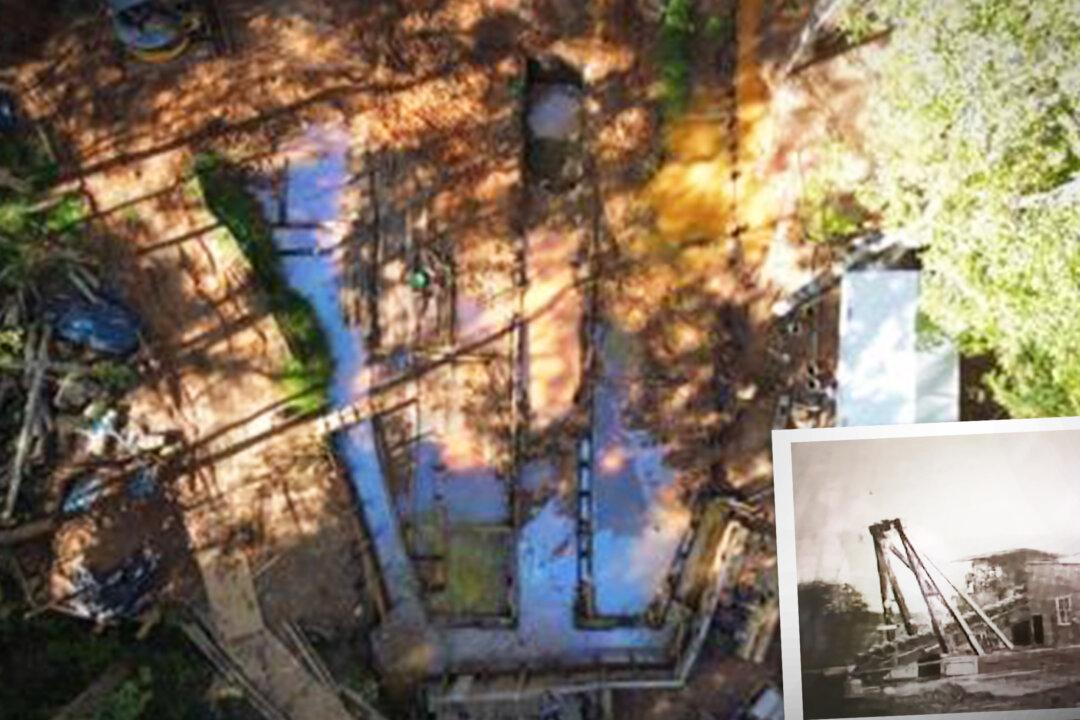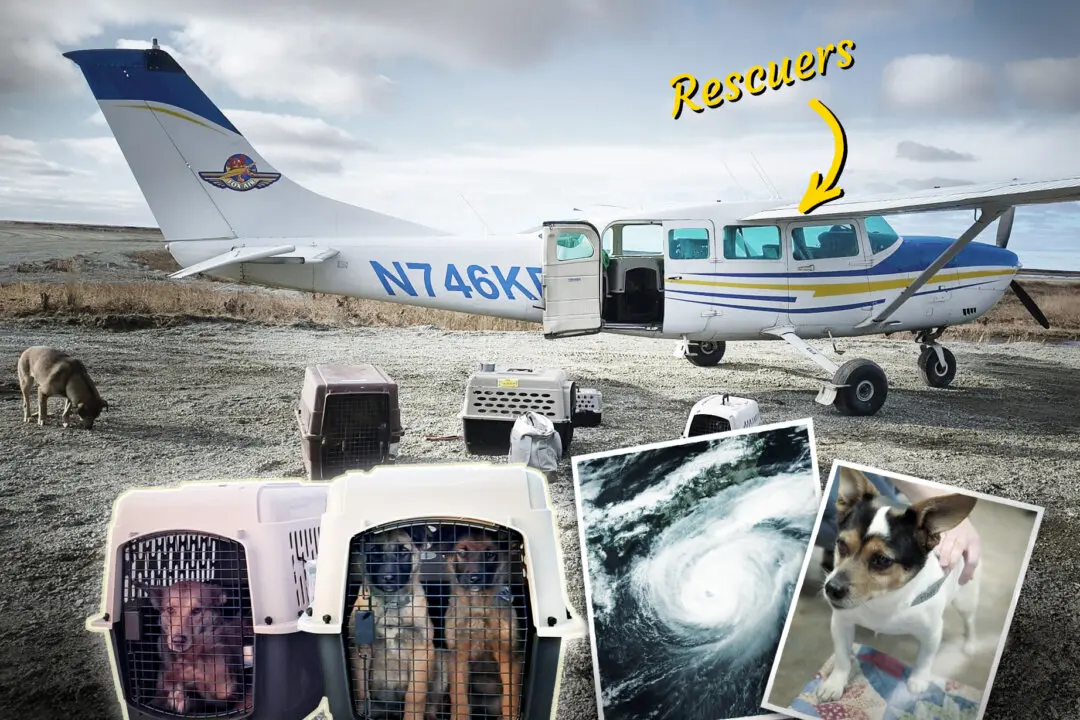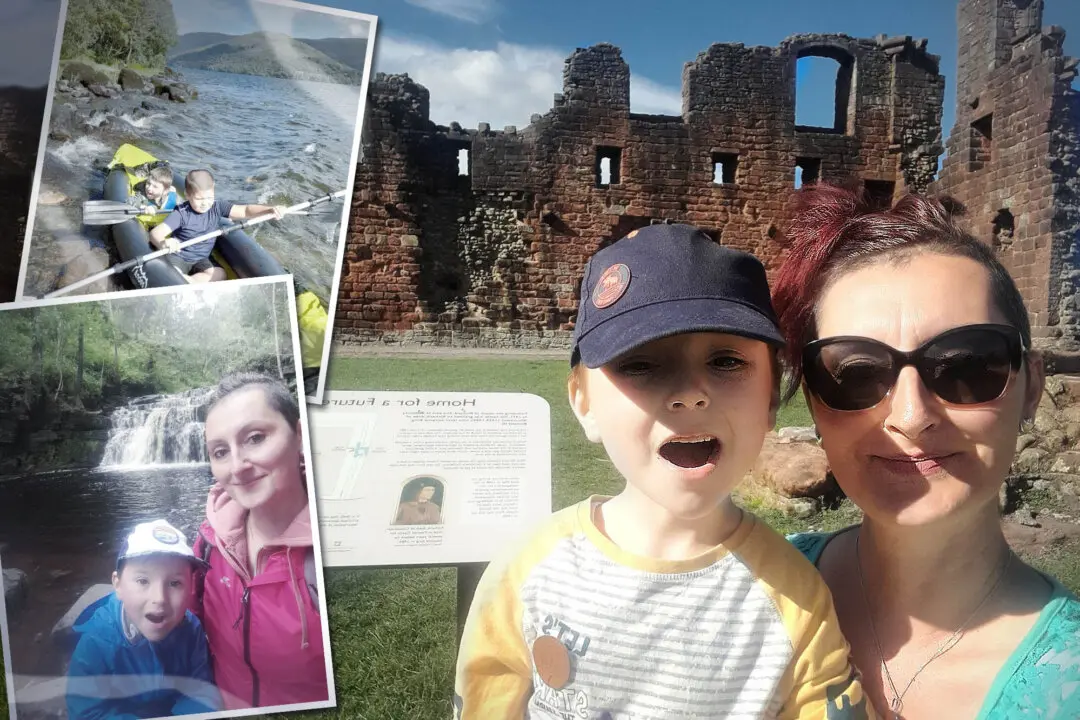In Nash County, North Carolina, a father-son treasure-hunting duo bought a piece of land in 2016 on the exact spot where the Portis Gold Mine once operated from 1835 during the North Carolina Gold Rush—America’s first real gold rush.
Adventure was in store there, Tim Fisher, 60, and his son Ross, 31, knew. They started digging in the waterlogged lowland area in October—after discovering what they learned was the Robinson Gold Dredge ship, originally built in New York City over 100 years ago, which once mined the valley for gold.






